

Paducah

The story of Pekin (Paducah)
Paducah, originally called Pekin, began around 1815 as a mixed
community of Native Americans and white settlers who were attracted to the spot
due to its location at the confluence of many waterways.
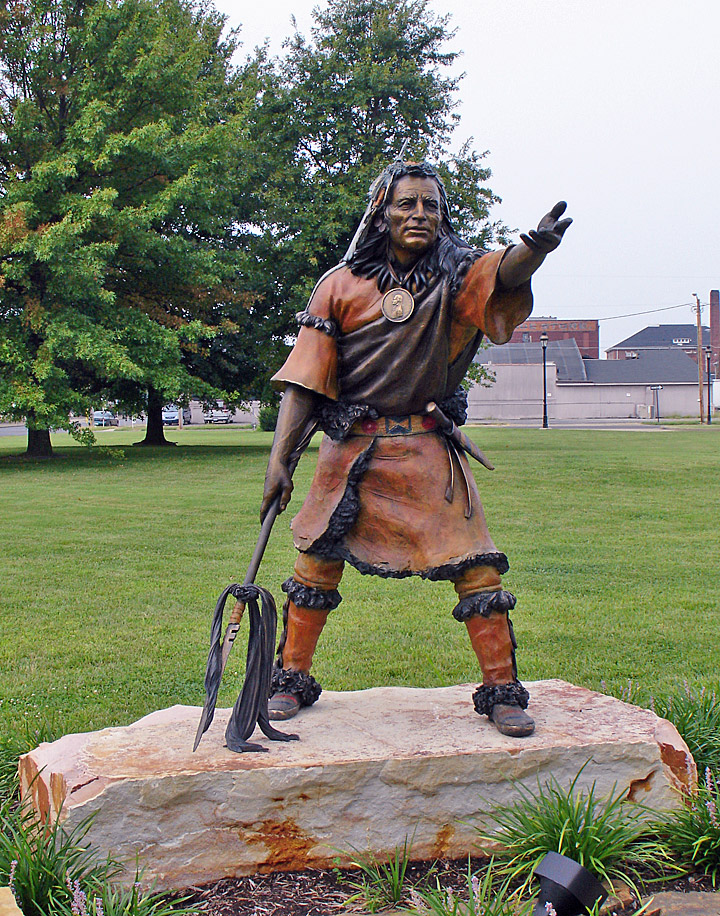
According to legend, Chief Paduke, most likely a Chickasaw, welcomed the people
traveling down the Ohio and Tennessee on flatboats. His wigwam, located on a low
bluff at the mouth of Island Creek served as the counsel lodge for his village.
The settlers, appreciative of his hospitality, and respectful of his ways,
settled across the creek.
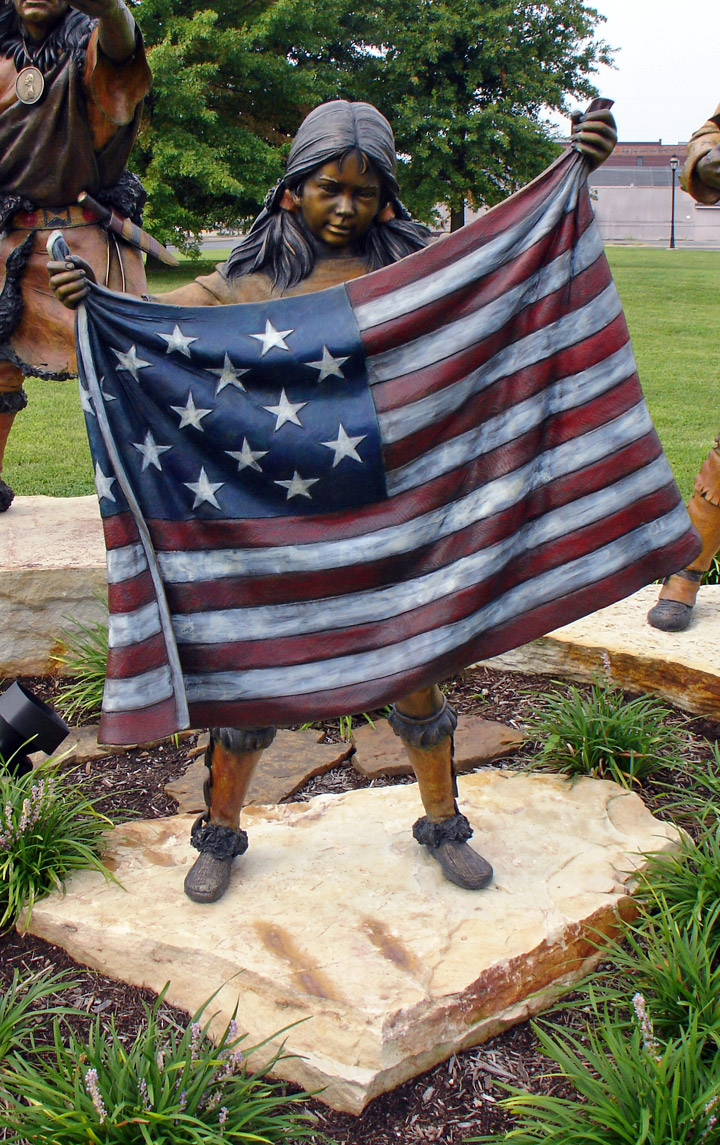
The two communities lived in harmony trading goods and services enjoying the
novelty of each other's culture. The settlers had brought horses and mules which
they used to pull the flatboats upstream to farms, logging camps, trading posts
and other settlements along the waterways, establishing a primitive, but
thriving economy.
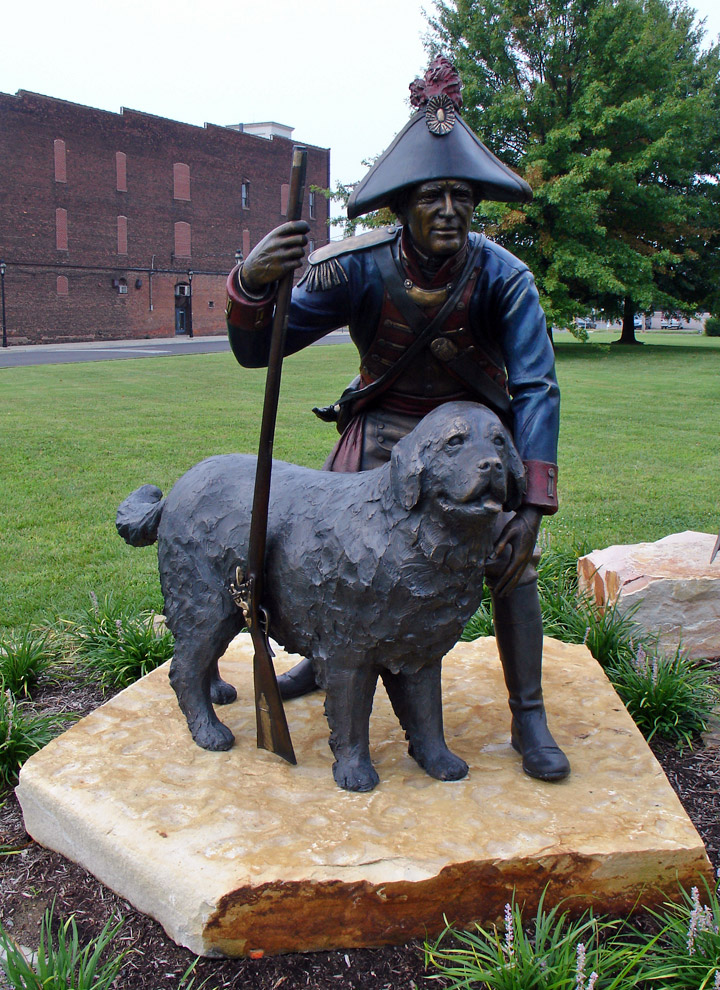
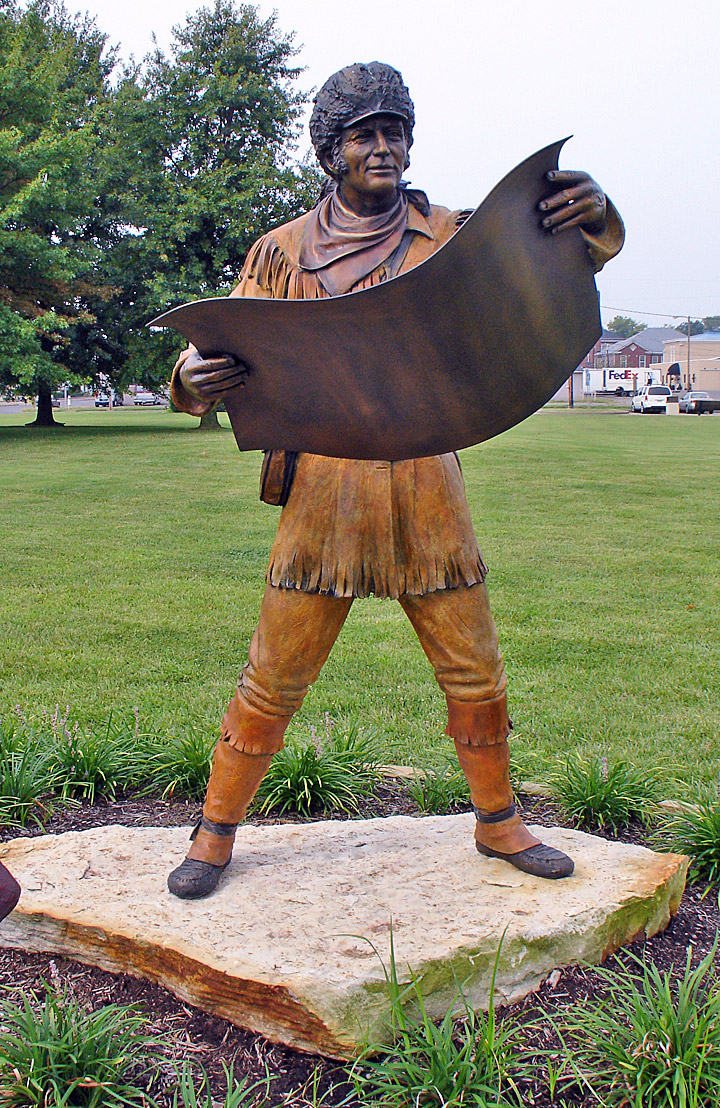
This cultural interaction continued until William Clark, famed leader of the
Lewis and Clark Expedition, arrived on the scene in 1827 with a title deed to
the land upon which Pekin sat. Clark was the superintendent of Indian affairs
for the Mississippi-Missouri River region. He asked the Chief and the settlers
to move along, which they did offering little resistance probably because the
deed was issued by the United States Supreme Court. Though the deed cost only
$5.00 to process, it carried with it the full authority of the U. S. Government
backed by the United States Army.
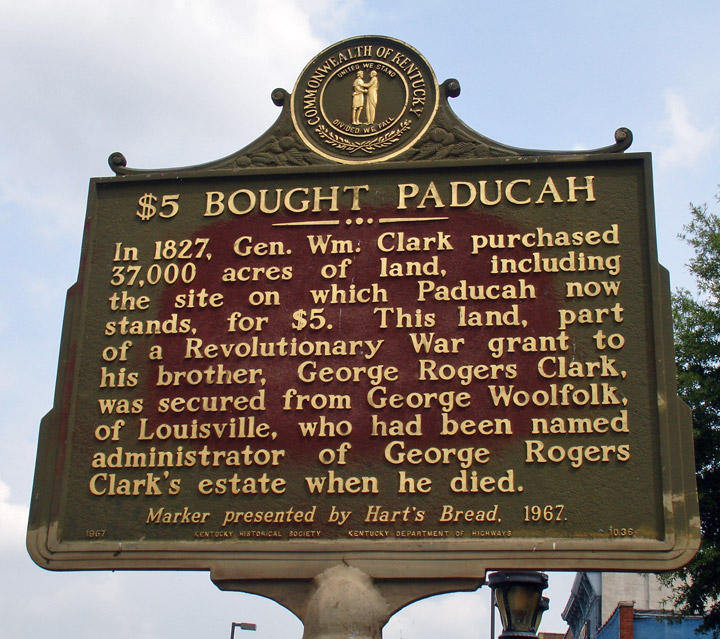
Clark surveyed his new property and platted the grid for a new town which
remains evident to this day. The Chief and his villagers moved to Mississippi
allowing Clark to continue with the building of the new city which he named
Paducah in honor of the Chief. Upon completion of the plat, Clark sent envoys to
Mississippi to invite Chief Paduke back to a ribbon-cutting ceremony but he died
of malaria in the boat while making the return trip. The settlers had been
allowed to purchase tracts within the new grid but most of them moved on to less
developed areas.
Source: The Story of Pekin in the special collections section of
the McCracken County Library.
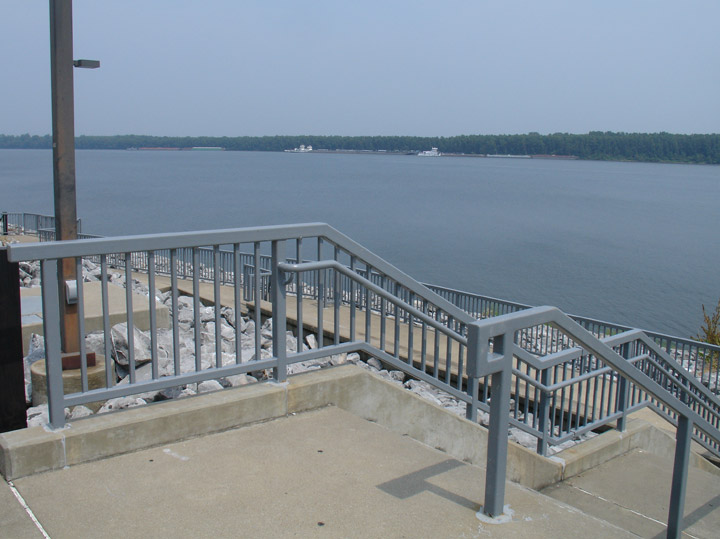
Ohio river
Paducah was incorporated as a town in 1830, and because of the dynamics of the waterways, it offered valuable port facilities for the steam boats that traversed the river system. A factory for making red bricks, and a Foundry for making rail and locomotive components became the nucleus of a thriving River and Rail industrial economy.
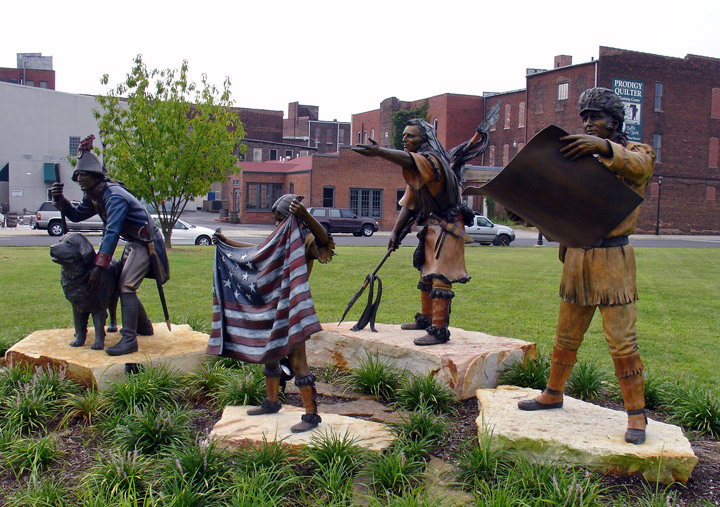

After a period of nearly exponential growth, Paducah was chartered as a city in
1856. It became the site of dry dock facilities for steamboats and towboats and
thus headquarters for many barge line companies. Because of its proximity to
coalfields further to the east in Kentucky and north in Illinois, Paducah also
became an important railway hub for the Illinois Central Railroad, the primary
north-south railway link connecting Chicago, Illinois and East St. Louis, IL to
the Gulf of Mexico at Gulfport, Mississippi. The IC system also provided
east-west links to Burlington Northern Railroad and Atchison, Topeka and Santa
Fe Railway lines (which later merged to become the BNSF Railway).
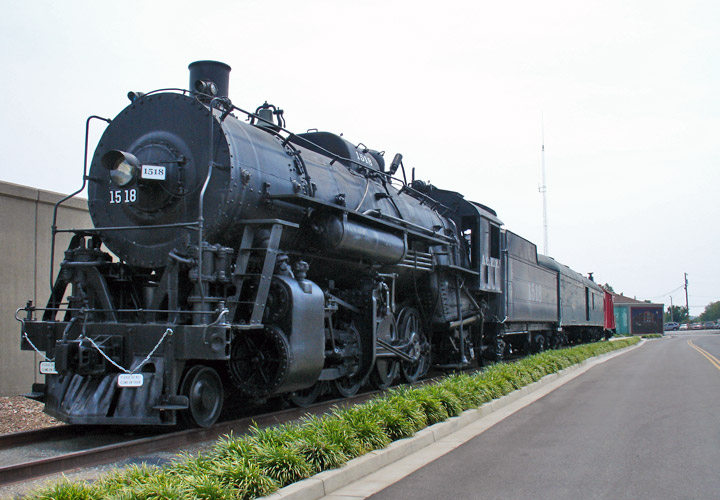
During the American Civil War on September 6, 1861, forces under
Union General Ulysses S. Grant captured Paducah, which gave the Union control of
the mouth of the Tennessee River. Throughout most of the war, US Colonel Stephen
G. Hicks was in charge of Paducah and massive Union supply depots and dock
facilities for the gunboats and supply ships that supported Federal forces along
the Ohio, Mississippi and Tennessee River systems.

On December 17, 1862, under the terms of General Order No. 11, thirty Jewish
families, longtime residents all, were forced from their homes. Cesar Kaskel, a
prominent local Jewish businessman, dispatched a telegram to President Lincoln,
and met with him, eventually succeeding in getting the order revoked.
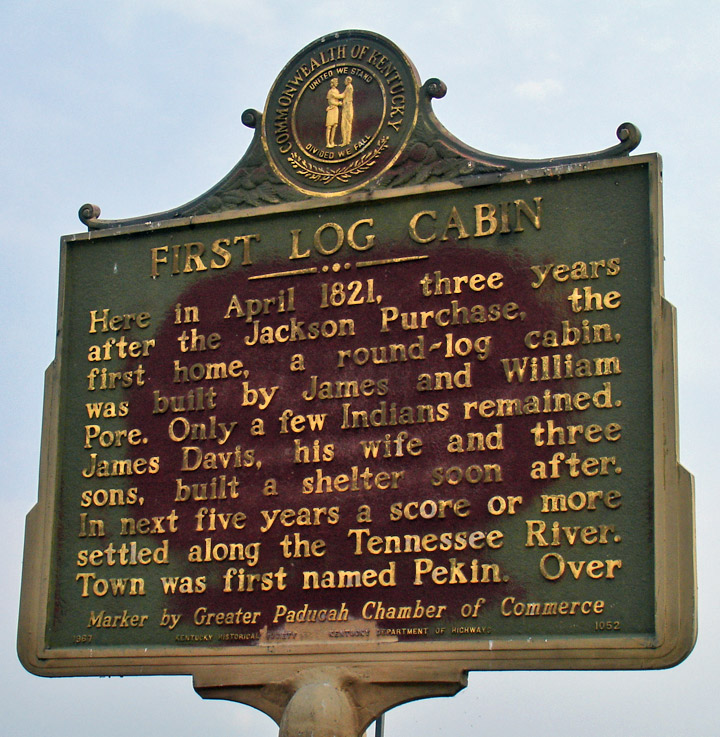
On March 25, 1864, Confederate General Nathan Bedford Forrest raided Paducah as
part of his campaign Northward from Mississippi into Western Tennessee and
Kentucky to re-supply the Confederate forces in the region with recruits,
ammunition, medical supplies, horses and mules and to generally upset the Union
domination of the regions south of the Ohio river. The raid was successful in
terms of the re-supply effort and in intimidating the Union, but Forrest
returned south.
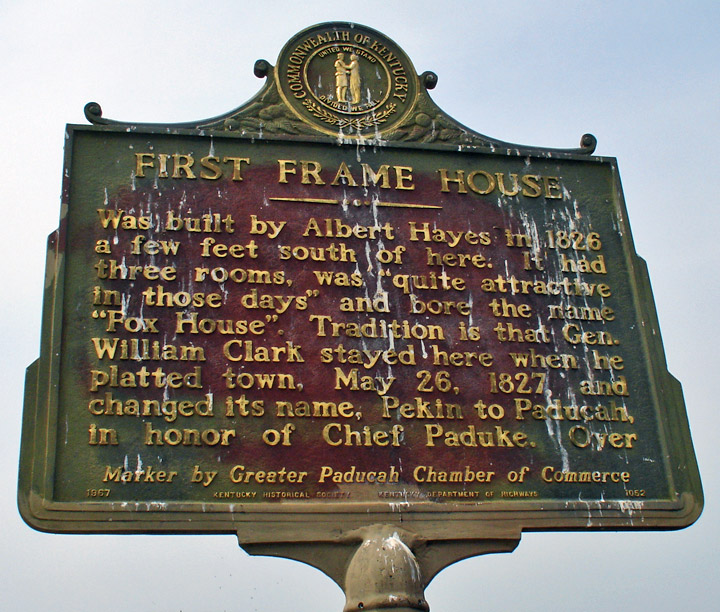
Forrest's report: "I drove the enemy to their gunboats and fort; and held the
town for ten hours, captured many stores and horses; burned sixty bales of
cotton, one steamer, and a dry-dock, bringing out fifty prisoners."
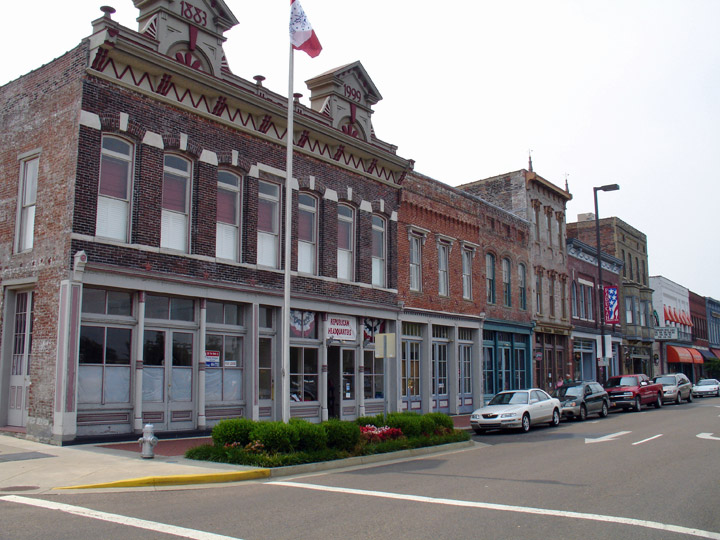
Later, Forrest, having read in the newspapers that 140 fine horses had escaped
the raid, sent Brigadier General Abraham Buford back to Paducah, to get the
horses and to keep Union forces busy there while he attacked Fort Pillow.
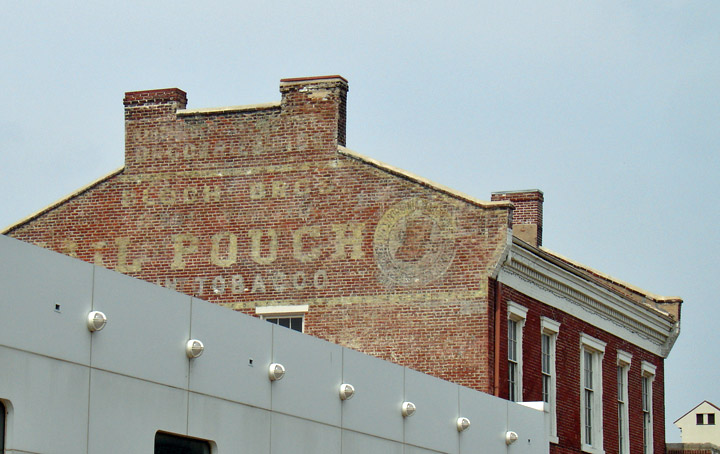
On April 14, 1864 Buford's men found the horses hidden in a foundry as the
newspapers reported. Buford rejoined Forrest with the spoils, leaving the Union
in control of Paducah until the end of the War.

floodwall
In 1937, the Ohio River at Paducah rose above its 50-foot flood stage on January 21, cresting at 60.8 feet on February 2 and receding again to 50-feet on February 15. For nearly three weeks, 27,000 residents were forced to flee to higher ground to stay with friends and relatives in higher ground in McCracken County or in other counties. Some shelters were provided by the American Red Cross and local churches. Buildings in downtown Paducah still bear plaques that highlight the high water marks.
Floodwall gates closed April - May 3011
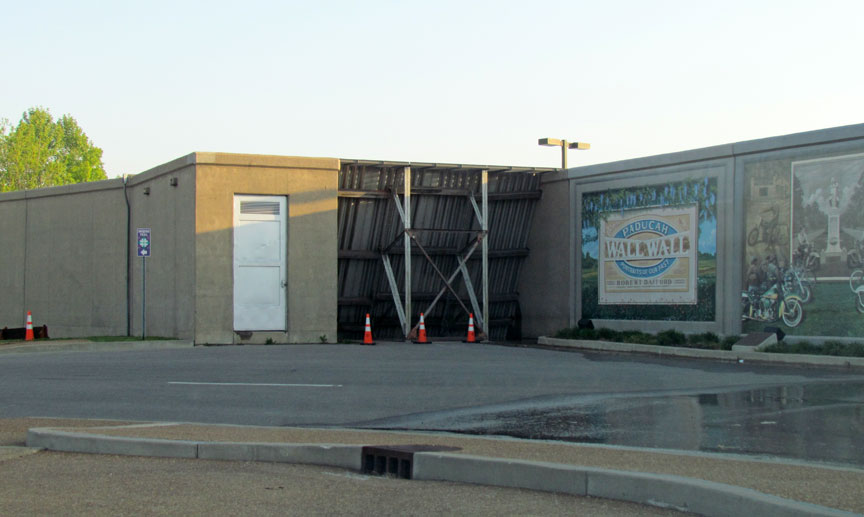

during high water level of the Ohio River
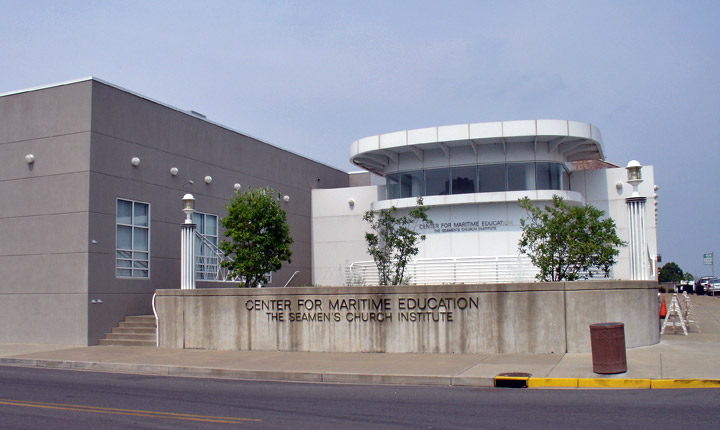
With 18 inches of rainfall in 16 days, along with sheets of swiftly moving ice
the '37 flood was the worst natural disaster in Paducah's history. Because
Paducah's earthen levee was ineffective against this flood, the United States
Army Corps of Engineers was commissioned to build the flood wall that now
protects the city from the ravages of flooding.

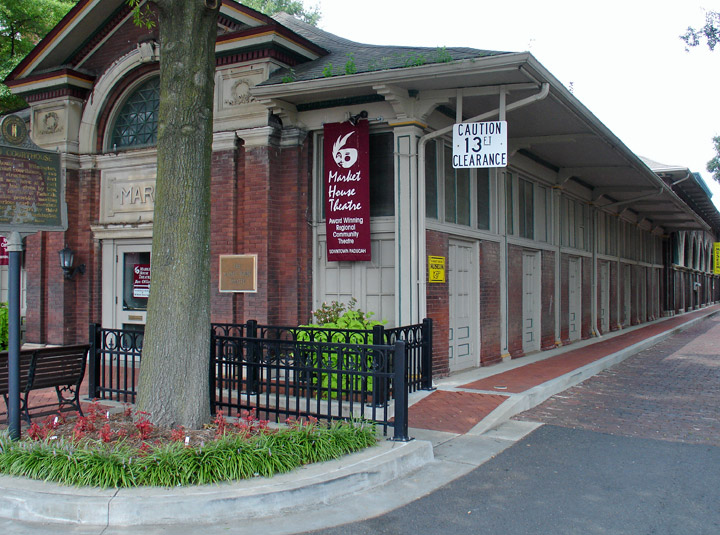
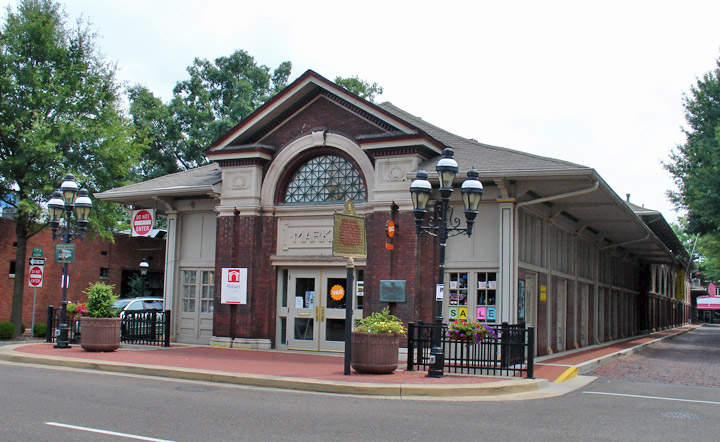
In 1948 the Atomic Energy Commission selected Paducah as the site for a new
Uranium enrichment Plant. The plant, originally operated by Union Carbide has
changed hands several times and is now operated by the United States Enrichment
Corporation.

a city of Quilts
Photos of the Museum of the American Quilters Society
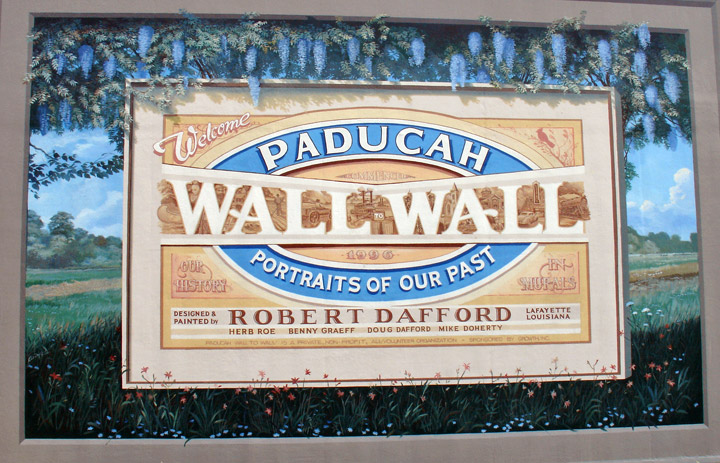
and Murals on the floodwall

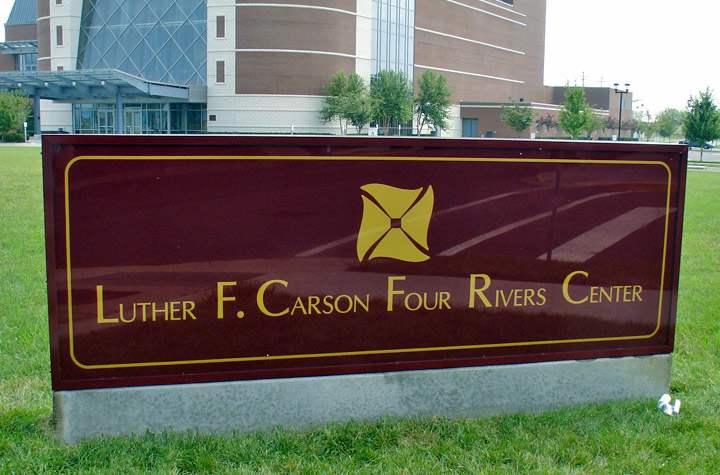
Arts Center
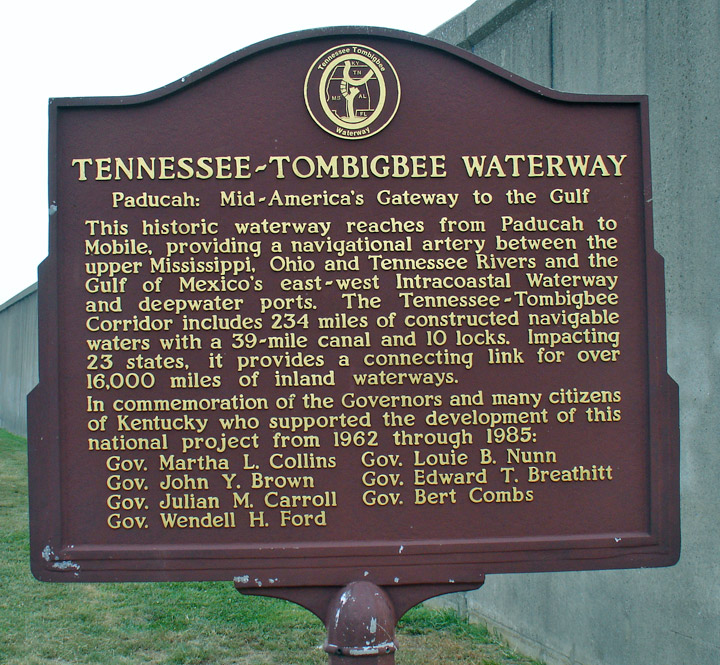
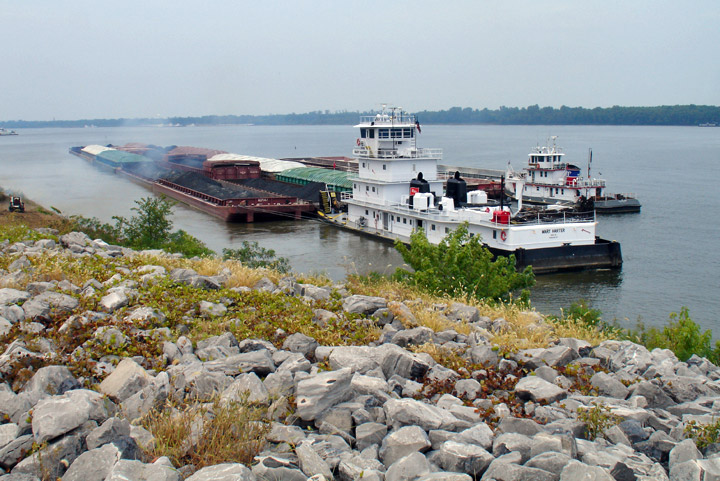
river traffic

General Lloyd Tilghman
